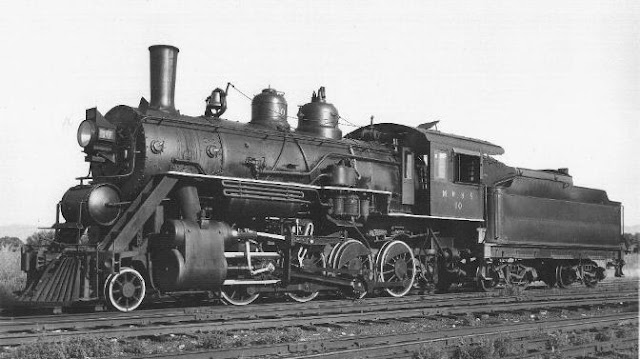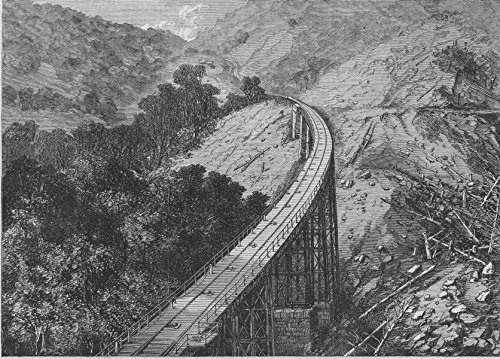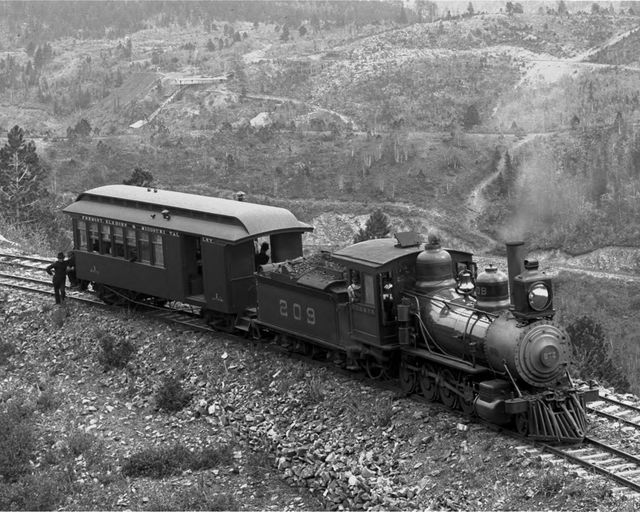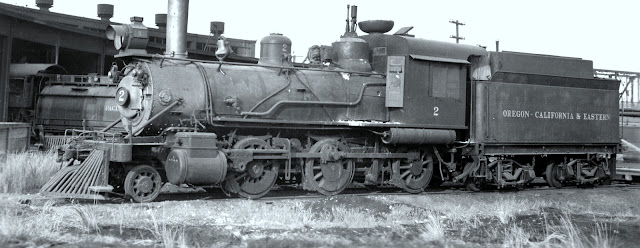Queensland Rail's Cooktown-to-Laura Branch

Otherwise known as the Cooktown Railway , The Cooktown to Laura line of Queensland Rail was an isolated railway line located in the far northern part of the Australian state, built between 1885 and 1888. The line was built following a gold rush, but by the time the line was complete, the area was in an economic downturn. Although the Australian Parliament had authorized a 48km extension of the line from Laura, it was never built, other than a bridge to nowhere over the Laura River, which was used occasionally for excursion trains, but nothing else. Bridge remains of the "bridge to nowhere" over the Laura River , near the site of Laura Village in Queensland. Image: Cape York Australia The line had numerous bridges in addition to the one over the Laura River. This one, over the Normanby River, is pictured below. Cooktown-to-Laura line crossing the Normanby River . It closed in the early 20th century, before being reopened under railmotor power in 1927. It closed permanently in...








